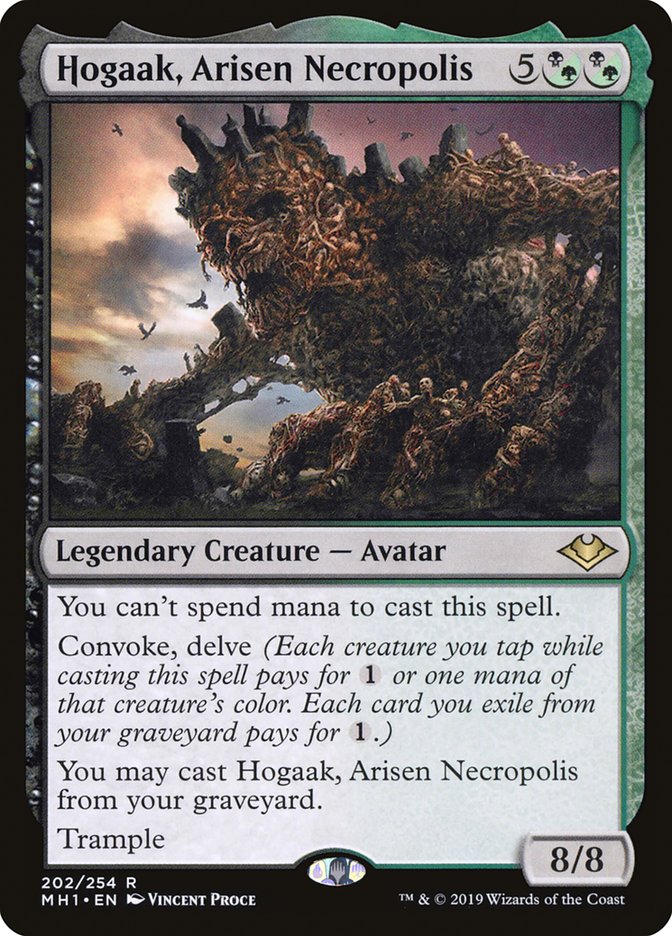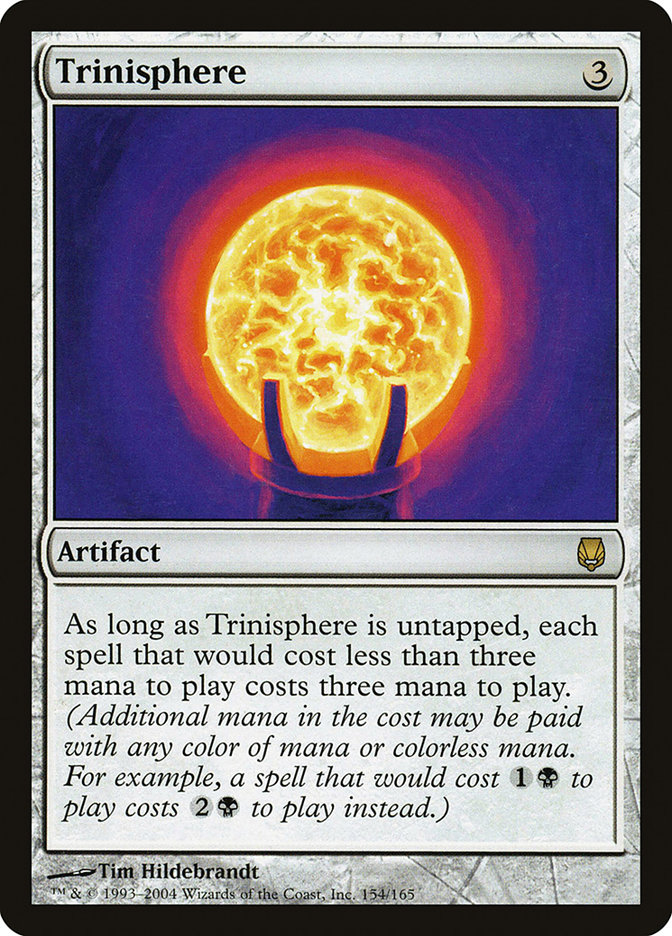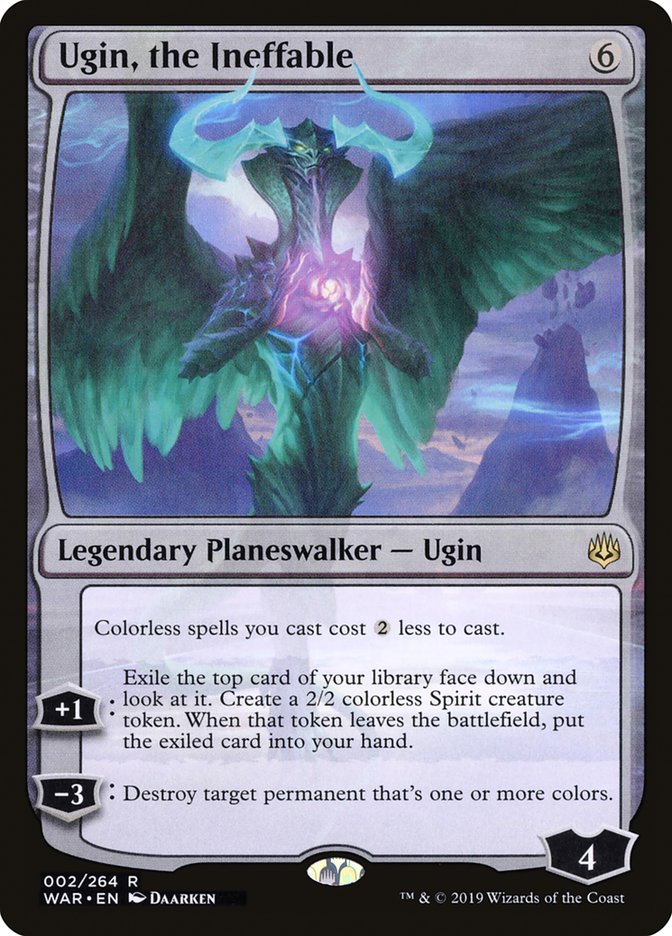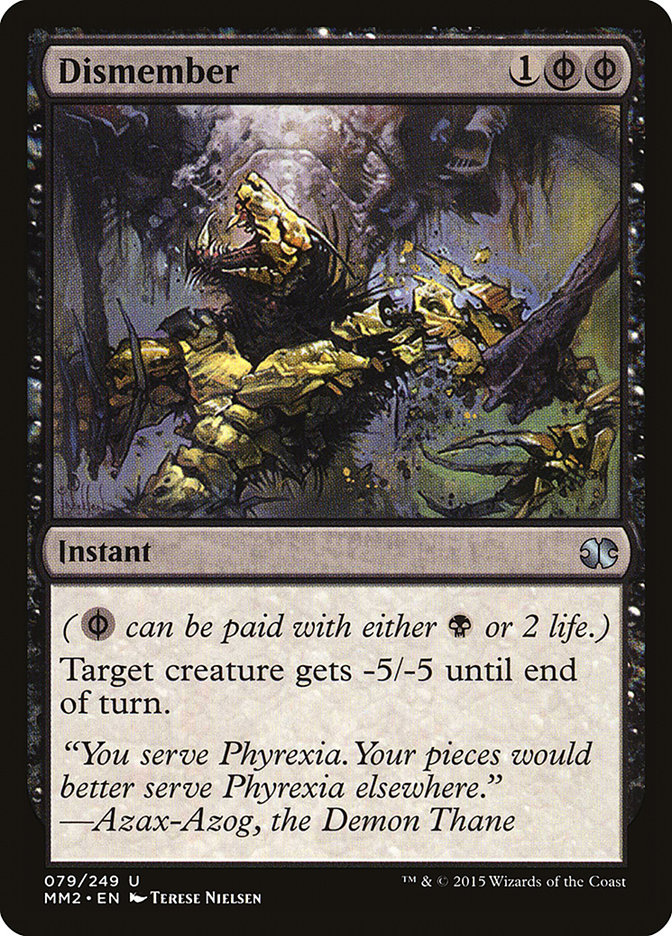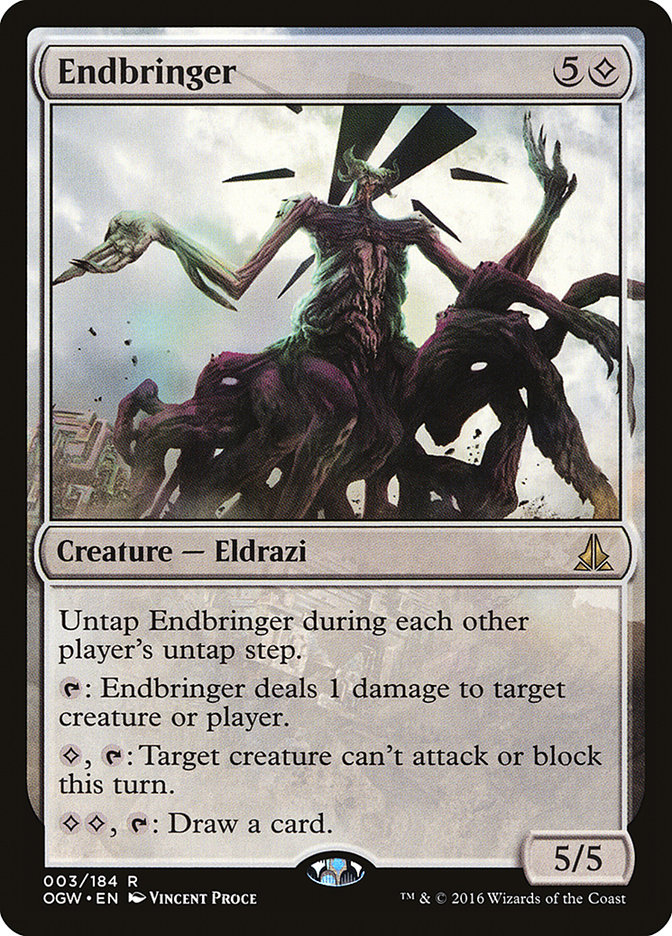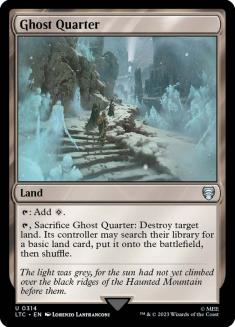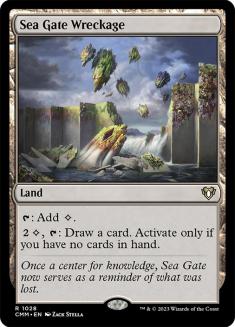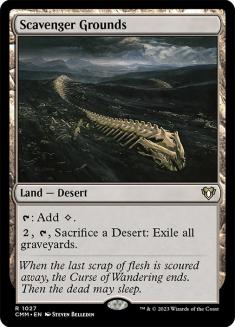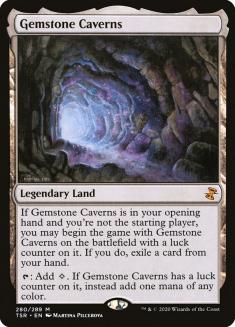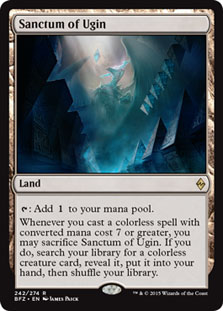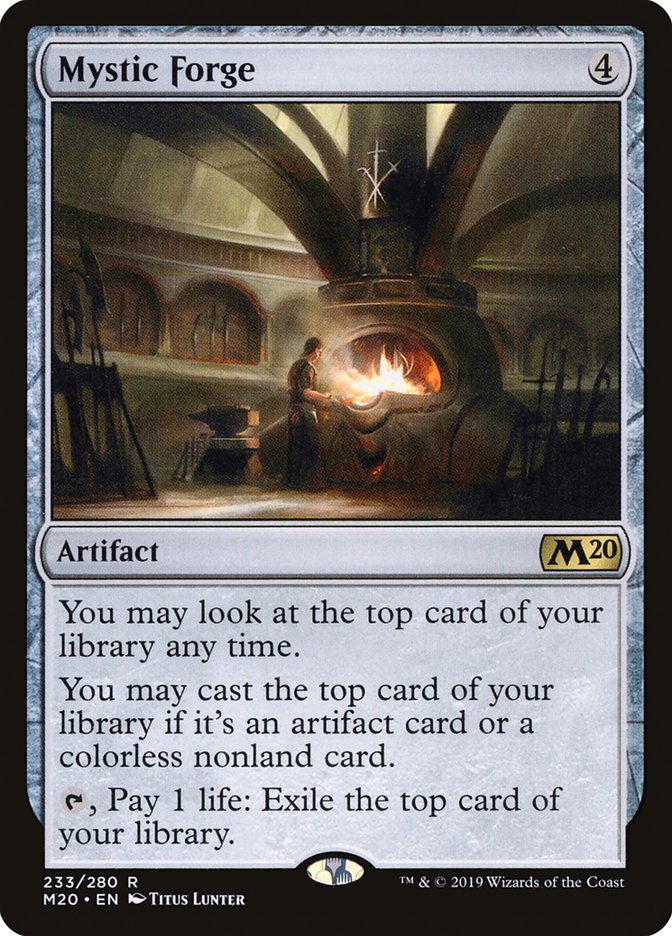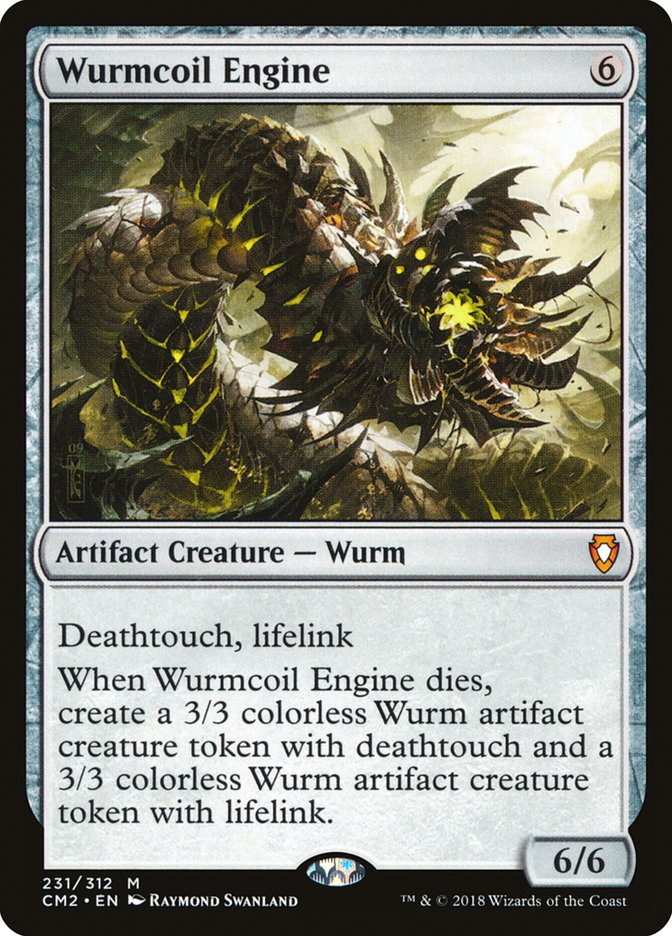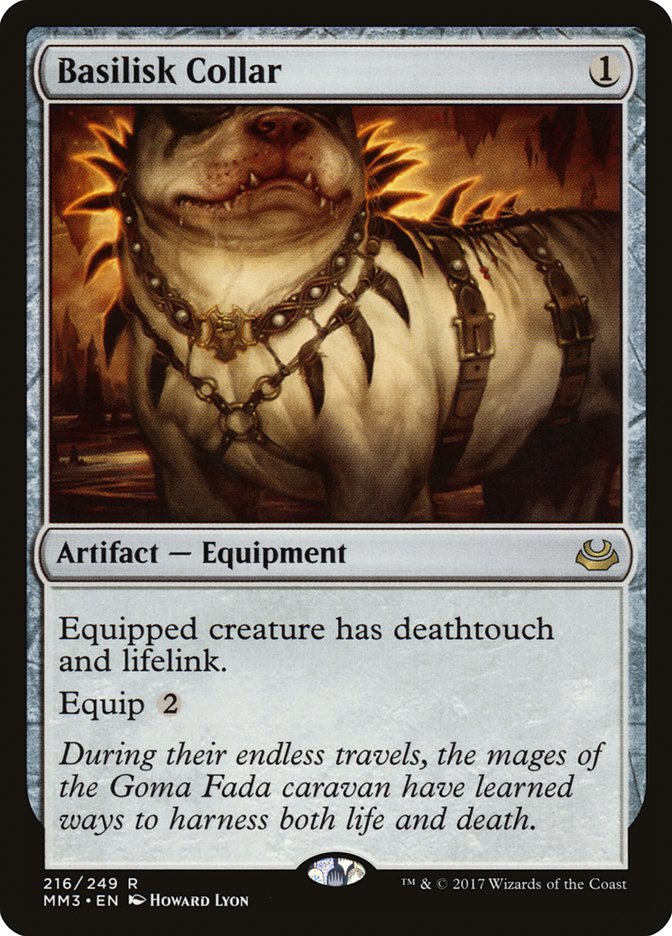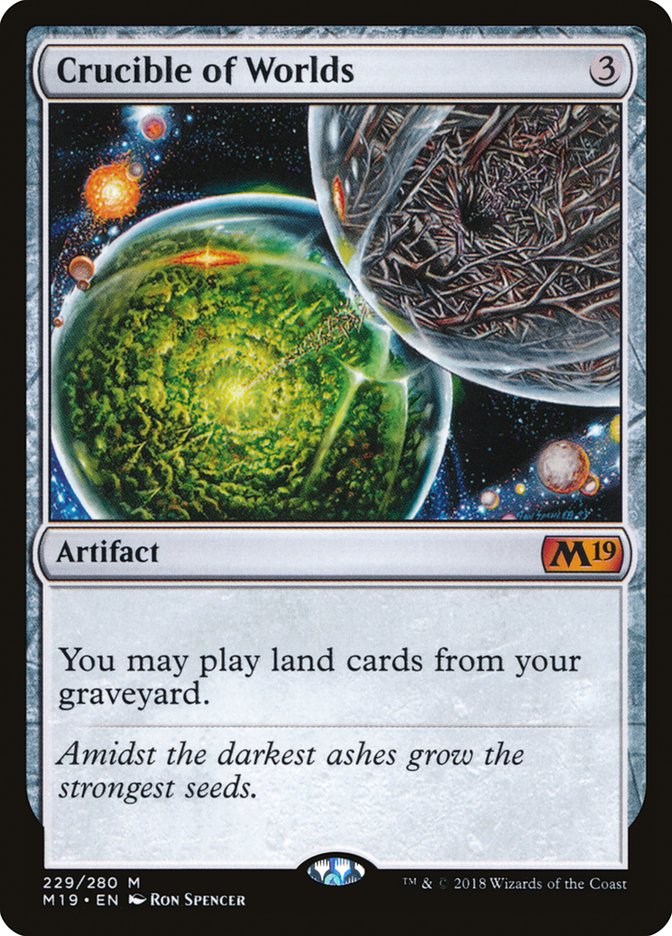A few weeks ago, heading into the Modern Open in Columbus, I wrote up some
initial thoughts
I had on Eldrazi Tron and how I expected the deck to fare in post-Bridge
from Below ban Modern heading into the event.
Things ended up a lot different than I had predicted.
I’ll be honest (and I imagine I’m not alone in thinking this): I did not
expect Hogaak to be even stronger than its previous iteration after the
Bridge from Below ban. Satyr Wayfinder was incredible in its heyday in
Standard, but I didn’t expect it to be the glue that held together Hogaak
in its current form.
It’s not a secret at this point – Hogaak is absolutely too strong for
Modern. It’s not the most interesting deck to play against, and at this
point, the entire format is warped around it. That being said, I’m here
today to talk about what I’ve considered to be my light in the darkness as
of late in Modern. Eldrazi Tron has been treating me very well since I
first picked up the deck a couple of weeks before Columbus, and I’ve
enjoyed taking an analytic approach in tuning and playing the deck.
The deck gets a good amount of flak for being both not very powerful and
generally uninteresting to play or theorize, but I wholeheartedly disagree.
Working on this deck helped me come up with the inspiration
to write an entire separate article
on Karn, the Great Creator and the level of flexibility the artifact tutor
package provides. Since I wrote that piece, I’ve learned even more about
other options that might be better-suited for the current metagame, which
I’ll be discussing today.
I would start with the article linked at the beginning of this one if
you’re reading this with the intent of getting a full analysis of Eldrazi
Tron, as my pre-Columbus piece did a good job of laying out my preconceived
notions of how the deck would function in Modern, especially compared to
now. With that being said, let’s walk through my experiences from SCG
Columbus onward, my opinions on some of the card choices the deck has, and
how I’d ultimately look to curate my list moving forward.
Heading into my second consecutive solo Open Weekend with no byes, I was
particularly concerned that I would play against some of the bizarre
creations that lurk in the early round tables of Modern events. Thankfully,
a deck like Eldrazi Tron typically doesn’t have to worry about this too
much, as the deck is very proactive and frequently does not care too much
about what the opponents are doing.
I completed the first day of competition at 7-2, losing to the Eldrazi Tron
mirror and Hogaak. Day 2 went similarly well, and I was 11-3 at one point
for the second time in three months playing a win-and-in for Top 8.
Unfortunately, for the second time in a row, I was dispatched once more by
Hogaak, and finished with a record of 11-4, good for fifteenth place:
Creatures (16)
Planeswalkers (5)
Lands (24)
Spells (15)

My matches and the result, in order, were as follows:
- Round 1: Jund (2-0)
- Round 2: Burn (2-0)
- Round 3: Azorius Control (2-0)
- Round 4: Jund (2-0)
- Round 5: Hogaak (0-2)
- Round 6: Azorius Control (2-0)
- Round 7: Jund (2-0)
- Round 8: Humans (2-1)
- Round 9: Eldrazi Tron (0-2)
- Round 10: Humans (2-0)
- Round 11: Jund (2-0)
- Round 12: Izzet Phoenix (1-2)
- Round 13: Eldrazi Tron (2-1)
- Round 14: Tron (2-1)
- Round 15: Hogaak (1-2)
To speak to the losses first, the most ubiquitous observation here is my
defeat at the hands of Hogaak twice over. The matches didn’t feel
particularly close, the removal for my lock pieces like Leyline of the Void
was plentiful, and I didn’t feel like I ever had a shot in any of the
games, even the one game I won in Round 15.
I learned a valuable lesson here: no deck in Modern has a good Hogaak matchup.
The loss in the Eldrazi Tron mirror felt like a wash for the most part. It
seemed to be about who could resolve Karn, the Great Creator first and get
it to stick around. If you could do that, you could get the job done pretty
easily. Few games in the mirror come down to one player running the other
over with Reality Smasher (though some do).
My most frustrating loss came at the hands of Izzet Phoenix in Round 12. I
foolishly tricked myself into tutoring for Trinisphere in Game 3 when
getting Ensnaring Bridge was certainly the better option and ended up dying
to a pair of Arclight Phoenixes that were able to outrace me in the air.
The positive element of this is that it made me realize that Trinisphere
should never be placed in a Modern deck, as it is never anywhere near fast
enough to matter.
My theory behind having the card in the sideboard was that it would be a
good way to slow down Phoenix decks’ use of Aria of Flame to win through
Chalice of the Void and/or Leyline of the Void. In practice, it just isn’t
ever going to get you what you want unless you have Tron mana assembled on
Turn 3 and can immediately tutor and cast it with Karn.
As far as the decklist is concerned, I set aside the untouchable elements
of the deck and examined what could be considered flex slots. For
reference, here are what I consider the immovable elements of Eldrazi Tron
right now. I would start every list you build with these cards already
locked in:
Creatures (15)
Planeswalkers (4)
Lands (21)
Spells (12)

As you can see, there isn’t a whole lot of wiggle room.
From the list above, we have eight available maindeck slots and a mere two
sideboard slots that I would consider to be open at the moment. Of the
eight maindeck slots, three are utility land slots, and five are spell
slots.
Examining the spell slots first, this is usually split up among just three
cards:
Right now, most lists fluctuate between two and three Dismember, then
either a split on an Endbringer and Ugin or simply two of one or the other.
For SCG Columbus, I opted for the split, as I found them to have their own
unique advantages in different situations. This held true throughout that
tournament and has in every experience I have had with the deck since then.
I frequently have thought about shaving on Dismembers to make room for
another Endbringer or Ugin, but chickened out each time due to my fear of
Thing in the Ice. Now that Izzet Phoenix has been supplanted by Mono-Red
Phoenix in Modern, I would probably feel safe on that shave now.
The utility land slots in Eldrazi Tron lists that I had been examining
previously made me scratch my head. Of the 24 lands Eldrazi Tron typically
plays, there are a total of six utility land slots available. Most lists I
looked at had upwards of three Ghost Quarters, which I felt was far too
many. You’re rarely using it since you don’t have access to Tron as often
as Mono-Green Tron does, you don’t want to lose the source of mana, and if
you really need it in a pinch, you can tutor it with Expedition Map. The
locks in my eyes are two copies of Blast Zone, an absolute slam-dunk
inclusion to the deck, only beaten out by Karn in how much it boosted the
archetype. Cavern of Souls takes up another slot, as it is nice to be able
to tutor in the matchups it’s needed.
Of the three slots that remain, the options are as follows:
Ghost Quarter quickly takes one of those three slots, leaving two left.
Gemstone Caverns was something I saw included in Matthew Dilks’s list from
his finish in the Team Constructed Open in Philadelphia recently, but I
deemed the offhand chance of being able to power out Chalice of the Void on
Turn 1 too cute. Sanctum of Ugin is typically not really an inclusion these
days, as the lists don’t play cards like Ulamog, the Ceaseless Hunger or
other big Eldrazi like they used to.
This led to the inclusion of one copy each of Sea Gate Wreckage and
Scavenger Grounds. Wreckage is a great tool for grinding when you topdeck
an Expedition Map in a drawn-out game, and Scavenger Grounds gives you at
least some insurance against graveyard strategies.
The sideboard is where the options are vast and the decisions become much
harder on what exactly you want to put in your artifact-laden sideboard.
Here are my four viable options for the two remaining slots in the
sideboard:
To speak to Mystic Forge, I have been very impressed with what the card can
do. It’s frequently your best tutor target if you expect your Karn to die
immediately and Ensnaring Bridge isn’t what you’re looking for, and it
creates its own very problematic card advantage engine that your opponent
has to deal on top of everything else. I didn’t play Wurmcoil Engine in
Columbus, but definitely should have given it more consideration. It does a
lot in matchups like the mirror, Hogaak (if you can survive that long),
Humans, and Jund, to name a few.
Crucible of Worlds and Basilisk Collar get their own paragraph here,
because they both seem to fall into a common bucket of artifact cards in
Karnboards that get too much love for how ineffective they ultimately are.
Crucible of Worlds makes no sense to me, as land destruction is largely
ineffective against the deck and so buying back lands typically has no
value, and Liquimetal Coating and Karn just make a better Ghost Quarter and
Crucible engine. Basilisk Collar sits in the weird spot of largely being
good in matchups where you’re better off resolving Chalice of the Void on
one as soon as possible, rendering it impossible to cast.
A week after Columbus, I took this analysis and tinkered my list before
participating in an IQ that I ended up taking first place in:
Creatures (16)
Planeswalkers (5)
Lands (24)
Spells (15)

This list acts on the changes I proposed in the above analysis of the
non-core slots. I included a Scavenger Grounds over a Ghost Quarter and
swapped Wurmcoil Engine in over the Trinisphere, but made no other changes.
The Wurmcoil Engine proved very effective at multiple junctures throughout
the event, and after spending a good amount of time playing with it, I
think it should be at the top of everyone’s list for tutor targets in their
sideboards moving forward.
As for the maindeck, I’d be pretty okay with shaving a Dismember for a
second Endbringer. I would not play a second Ugin, as it has less of a
synergy with Eldrazi Temple (the best land in the deck), making it
occasionally difficult to cast.
Moving forward, the biggest decision you have to make if you continue to
play Eldrazi Tron in Modern right now is how much you want to attempt to
beat Hogaak. You could cannibalize the sideboard to make room for more
Grafdigger’s Cage and Tormod’s Crypt in post-sideboard games, but basic
deckbuilding theory dictates that doing so is typically more harmful than
not. If you ever find yourself in a position where you feel the need to do
such a thing, you are likely just better off playing the deck that you’re
trying to beat.
The sad truth is that you should just be playing Hogaak in Modern. I know
that seems weird to say in an article trying to promote a non-Hogaak
strategy, but the deck is simply far too powerful to not play in Modern. My
duty here as a writer for Star City Games is to provide truthful and
helpful content to you, the reader, and I cannot say in good conscience
that Eldrazi Tron is a better option than Hogaak if your goal is to win a
Modern tournament.
That being said, I firmly believe that Eldrazi Tron is most certainly one
of (if not the best) non-Hogaak decks in the format, which is why I’ve
spent as much time as I have working on this deck. If Hogaak gets banned on
August 26th, I’d wager Eldrazi Tron will continue to be a top contender in
the format, and you can be assured that it (and Humans) will be the first
decks I look to work on for SCG Dallas.


